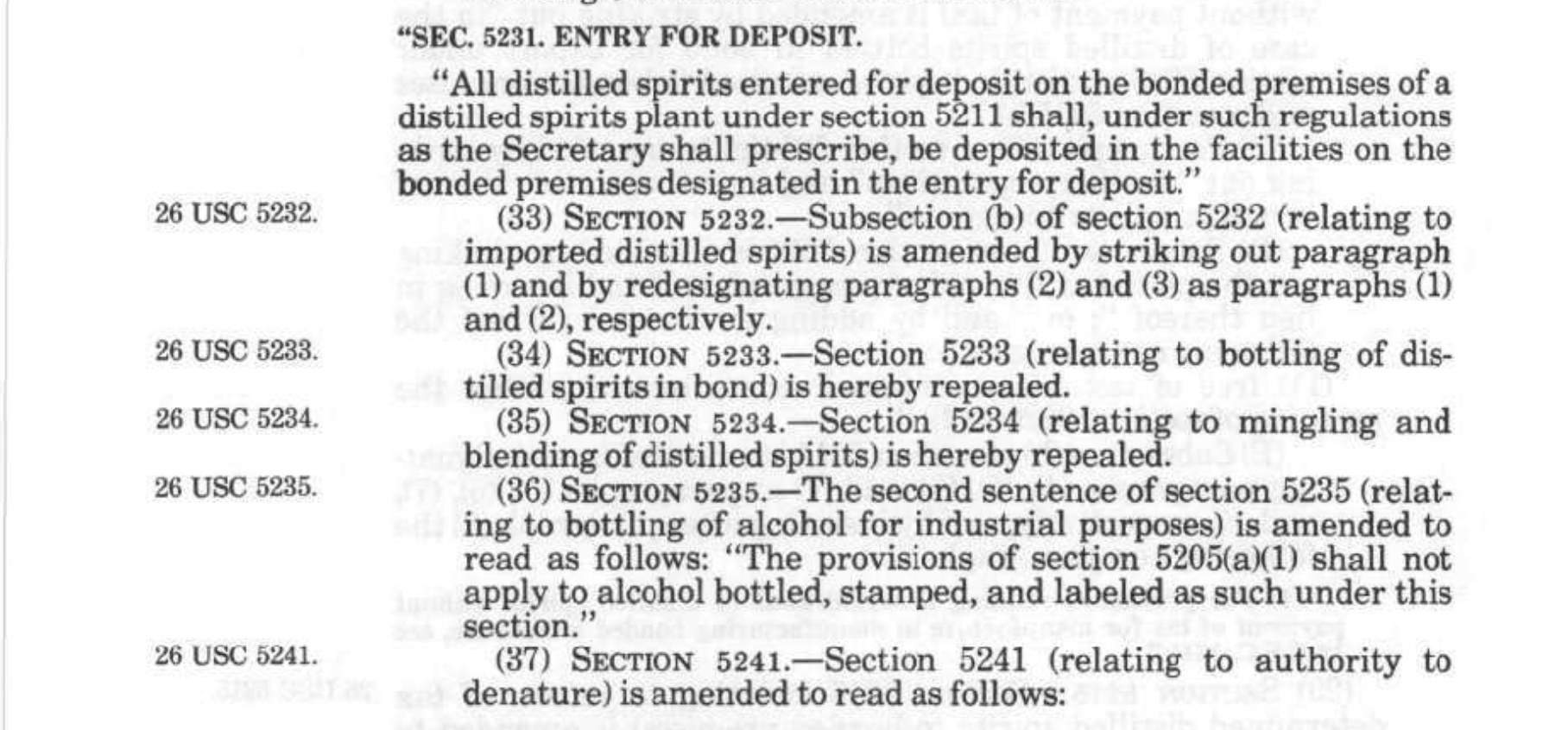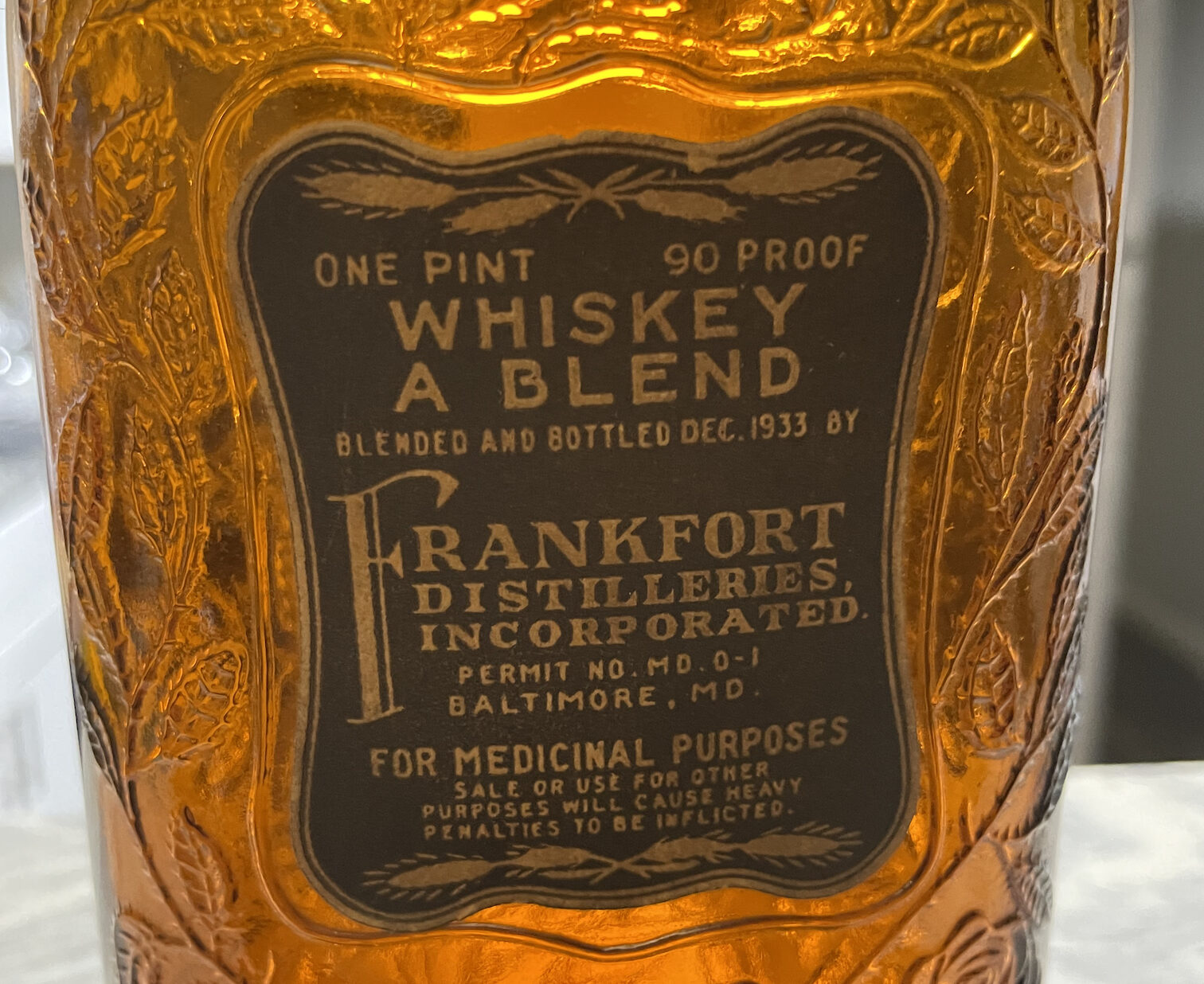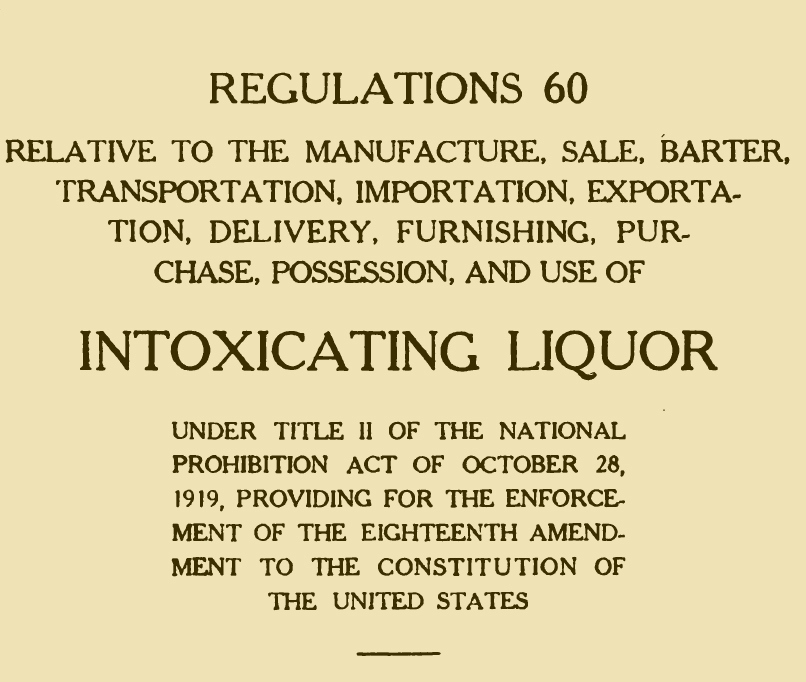On the Fifth Rule for Bottled-in-Bond Spirits and Its Eventual Repeal
In addition to having spirits that complied with the 'four rules of bottled-in-bond' a distillery also needed a dedicated bottling facility to actually take advantage of the new standard. It stood this way until 1979 when a set of sweeping reforms removed this requirement as well as generally simplifying how taxes on spirits were assessed.










